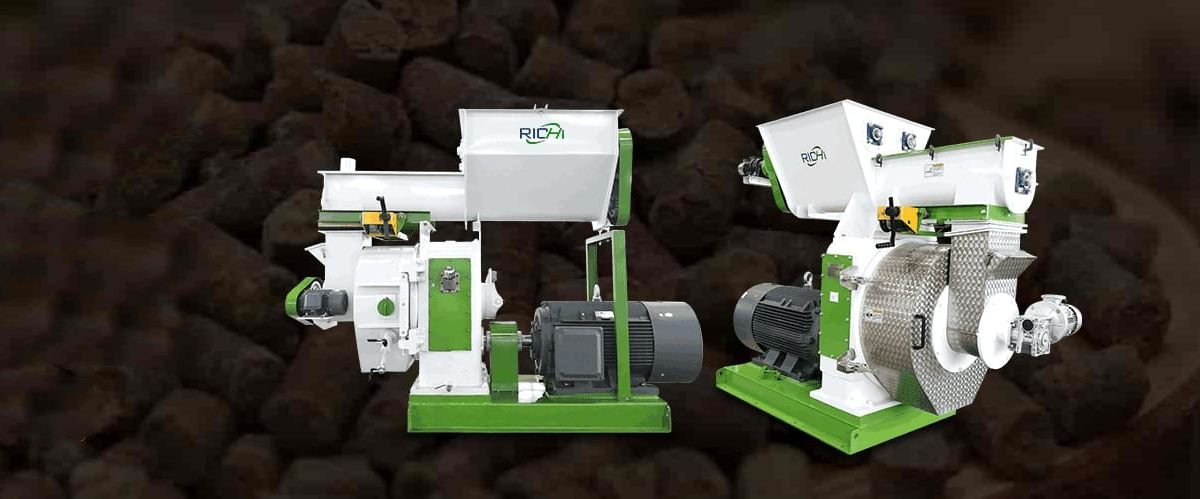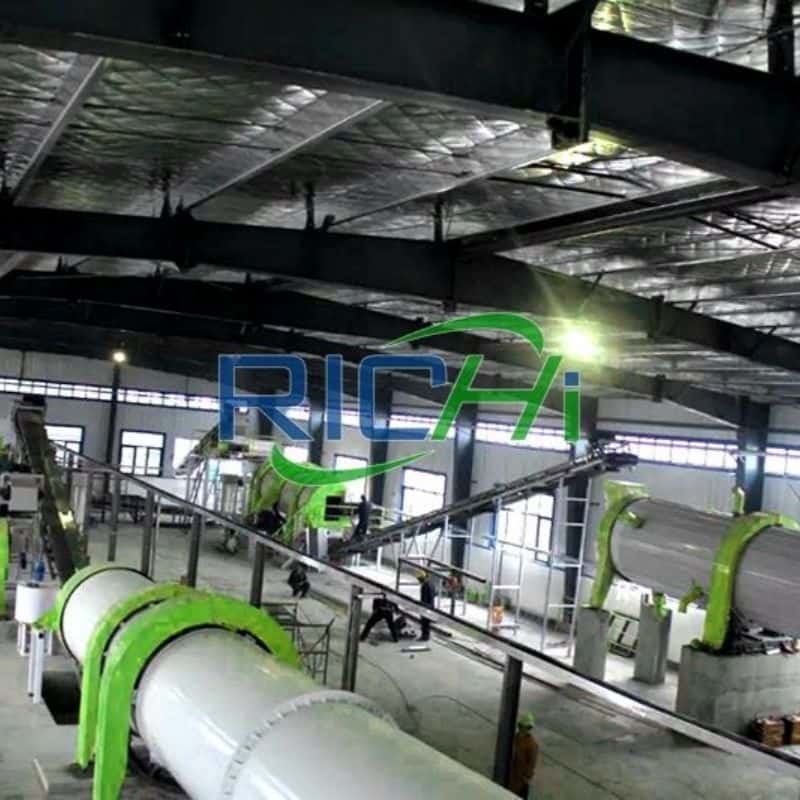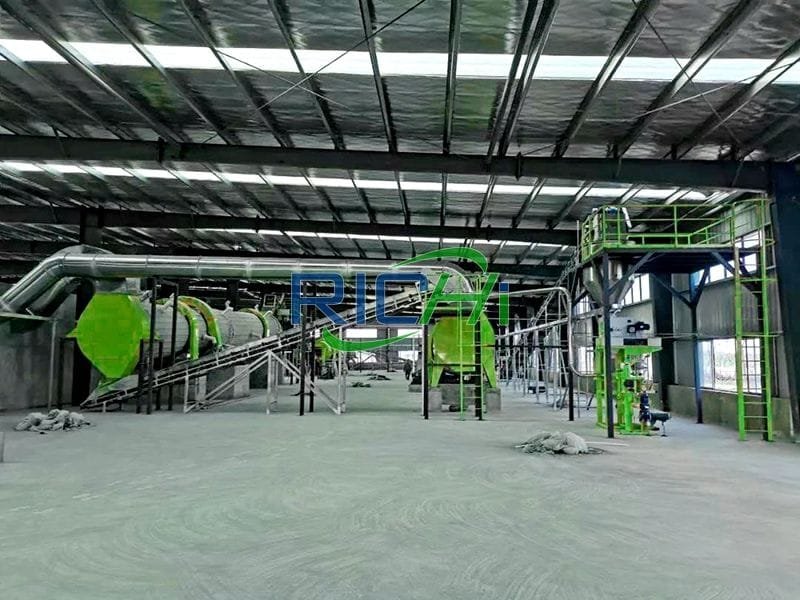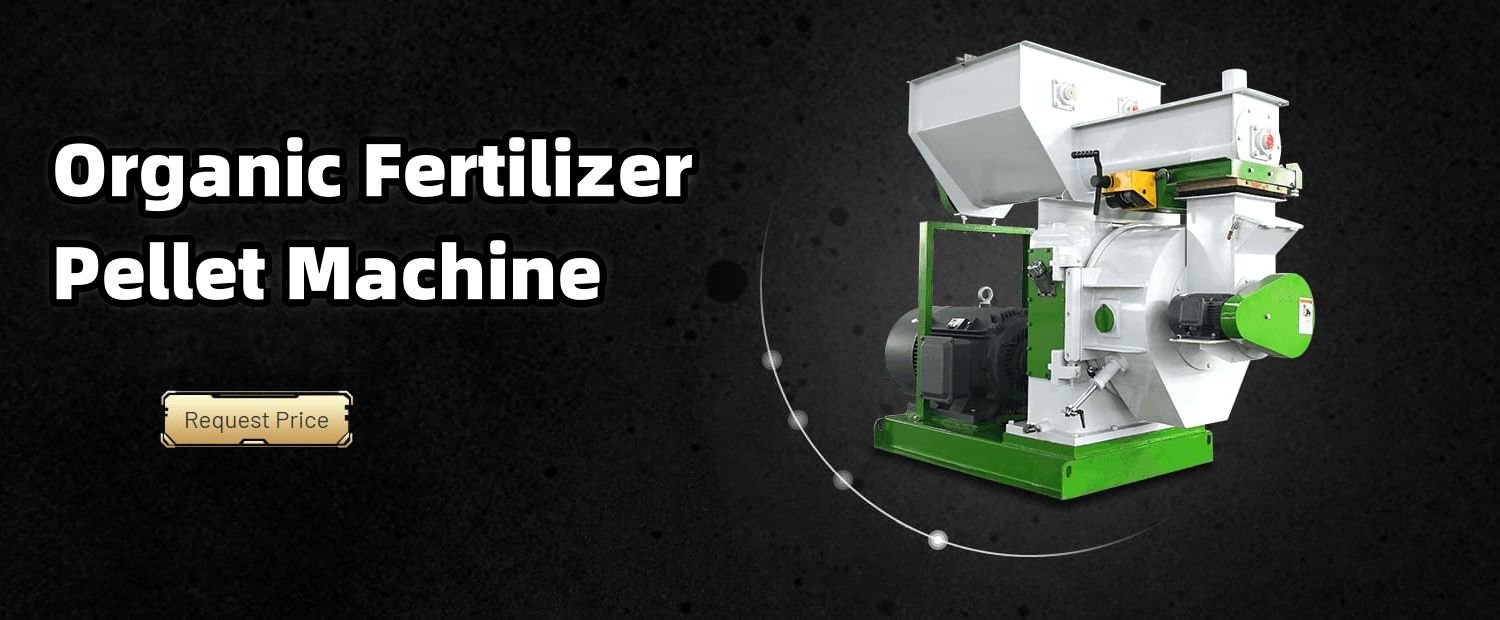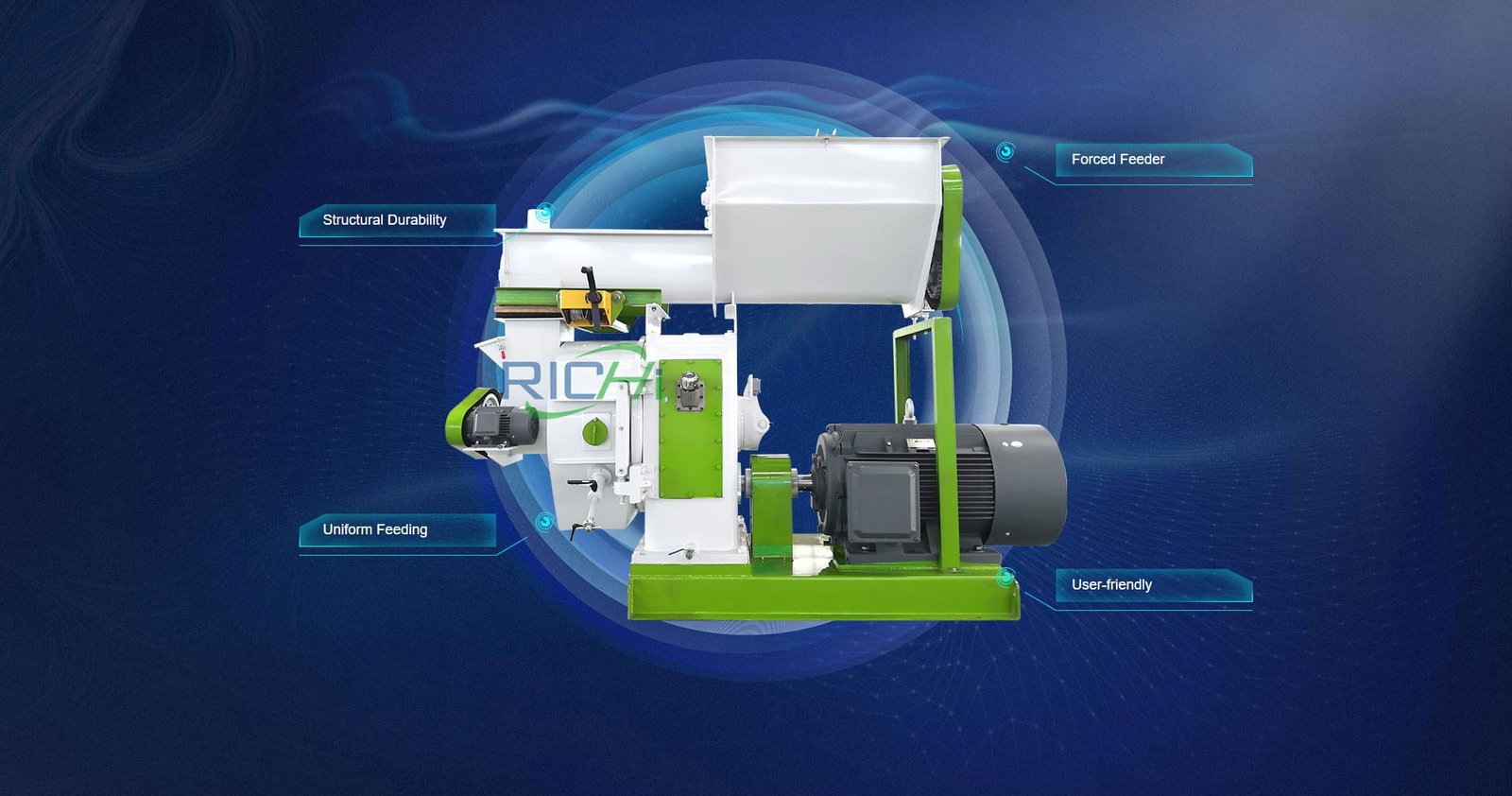Unlocking the potential of chicken manure through pellet machines is a significant step towards sustainable agriculture and effective waste management. Here’s a detailed guide on using pellet machines to maximize the benefits of chicken manure:
Understanding the Benefits of Chicken Manure Pellets
1. Improved Nutrient Availability:
- Pelletizing breaks down complex organic matter in chicken manure, enhancing nutrient availability for plants. This improves crop growth and yields.
2. Reduced Odor and Pathogen Levels:
- High temperatures during pelletizing reduce odors and eliminate pathogens, making pellets safer and more pleasant to handle compared to raw manure.
3. Ease of Application:
- Pelletized chicken manure can be applied using conventional spreaders, reducing labor costs and ensuring even distribution.
4. Extended Nutrient Release:
- Pellets release nutrients slowly over time, providing consistent nutrition to crops throughout the growing season and minimizing nutrient runoff.
5. Improved Storage and Transportation:
- Pellets are compact, uniform, and easy to store and transport, simplifying logistics and reducing storage space requirements.
Setting Up and Operating a Chicken Manure Pellet Machine
1. Site Selection and Preparation:
- Choose a location near the manure source with access to utilities and compliance with local regulations. Ensure adequate ventilation and drainage.
2. Machine Selection and Installation:
- Select a pellet machine based on production needs, energy efficiency, and automation features. Engage reputable suppliers for proper installation and commissioning.
3. Raw Material Preparation:
- Prepare chicken manure by drying, grinding, or mixing with other organic materials to achieve optimal moisture content for pelletizing.
4. Pelletizing Process:
- Feed prepared raw material into the pellet machine for compression and extrusion through a die, forming dense pellets. Adjust machine settings for optimal quality and efficiency.
5. Cooling and Packaging:
- After extrusion, cool pellets to maintain structural integrity. Package cooled pellets in bags or bulk containers for storage and distribution.
6. Maintenance and Safety:
- Implement regular maintenance schedules for cleaning, lubrication, and part replacement. Ensure safety protocols, including personal protective equipment and emergency shutdown procedures.
Related post: https://www.richipelletmachine.com/poultry-manure-pellet-machine/
Optimizing Pellet Quality and Nutrient Content
1. Nutrient Analysis:
- Conduct regular nutrient analysis to determine pellet composition (nitrogen, phosphorus, potassium, micronutrients). Adjust application rates for optimal crop nutrition.
2. Additive Incorporation:
- Enhance pellet effectiveness by incorporating organic amendments like rock phosphate or beneficial microorganisms to improve nutrient profiles.
3. Composting Integration:
- Consider integrating composting before or after pelletizing to stabilize organic matter further, reduce pathogens, and enhance pellet quality.
4. Storage and Handling Practices:
- Store pellets in a cool, dry place to prevent nutrient loss and degradation due to moisture or high temperatures.
Marketing and Distribution Strategies
1. Branding and Labeling:
- Develop a strong brand identity highlighting organic and sustainable attributes. Use clear labeling to inform customers about nutrient content and application guidelines.
2. Direct Sales and Partnerships:
- Explore direct sales to local farmers, gardeners, and landscapers. Form partnerships with agricultural cooperatives, garden centers, or online retailers to broaden market reach.
3. Educational Outreach:
- Engage in educational programs to raise awareness about chicken manure pellets and sustainable agriculture. Participate in local events to showcase product benefits and expertise.
4. Certifications and Accreditations:
- Pursue organic certification or sustainable agriculture endorsements to enhance product credibility and marketability.
By following these guidelines, you can effectively utilize chicken manure pellet machines to convert waste into a valuable resource for sustainable agriculture. Embrace this technology to contribute to circular food production systems, economic growth, and environmental stewardship.






